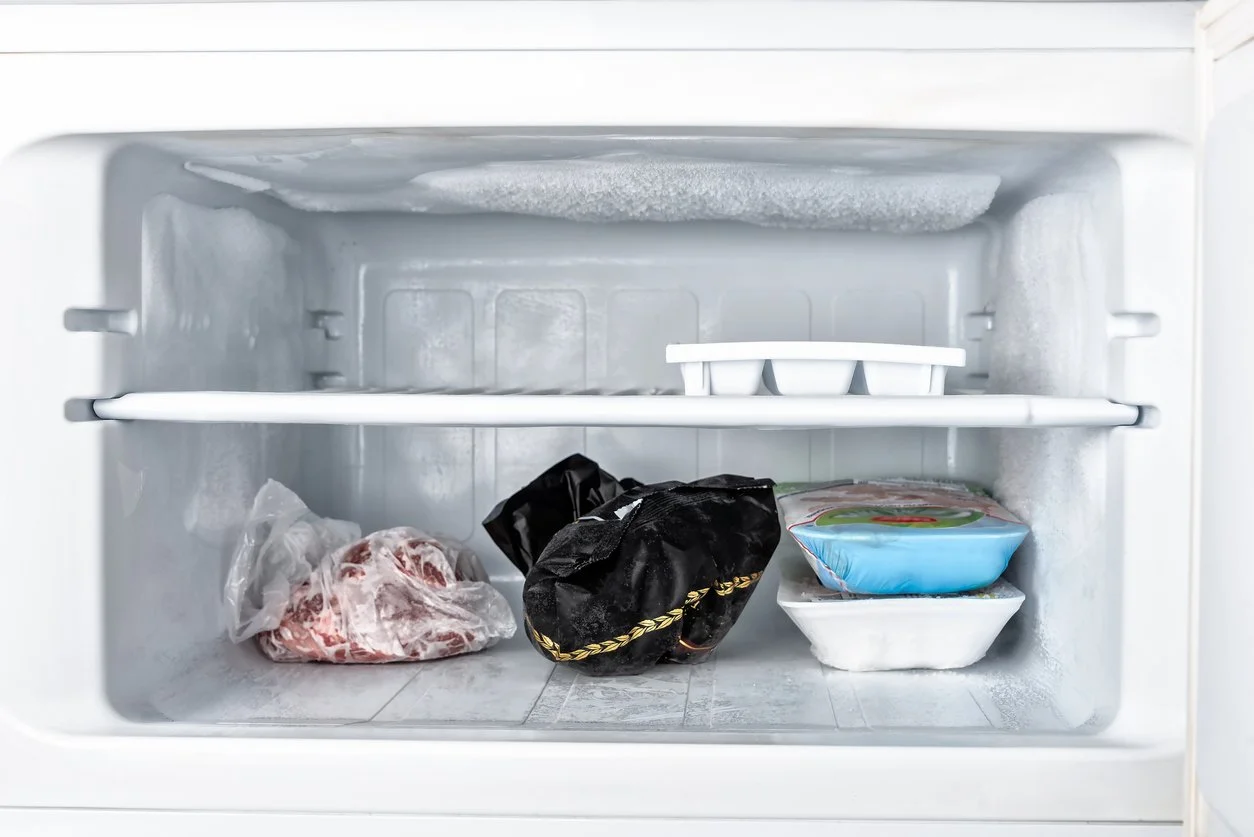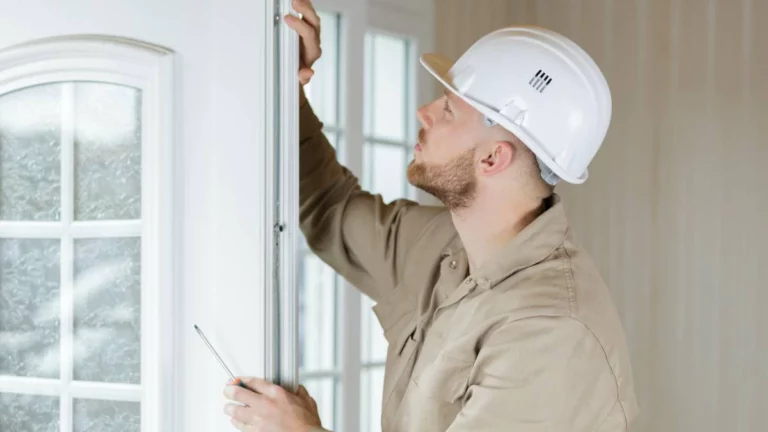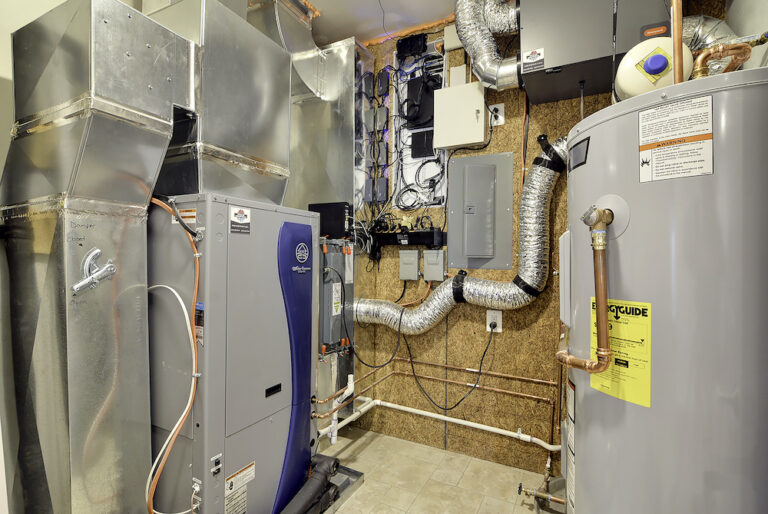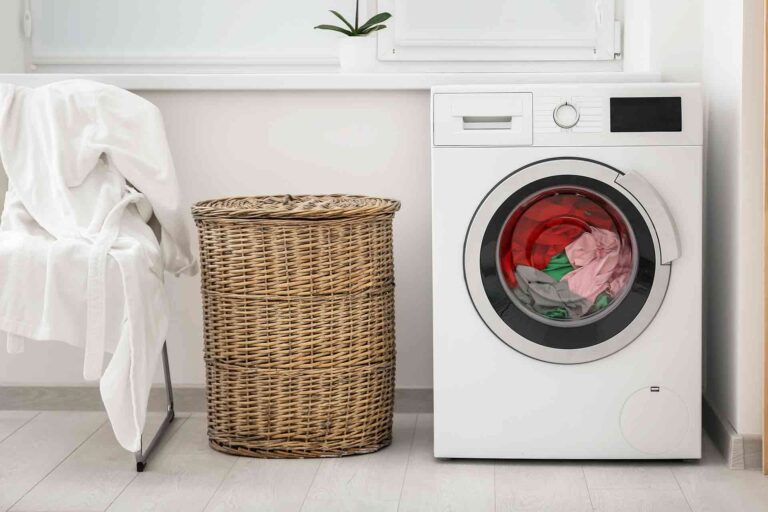How Long Does It Take for a Freezer to Freeze?
The freezing time for a freezer to reach its optimal temperature and adequately freeze items varies depending on several factors. Generally, most freezers take approximately 24 hours or slightly longer to reach the ideal freezing temperature of around 0°F or -18°C.
However, this duration can be influenced by factors such as the initial temperature of the freezer, its size and type (chest or upright), the quantity and temperature of items being frozen, and the freezer’s temperature settings.
While items may start to freeze within a few hours, ensuring they remain in the freezer for the recommended time is essential to guarantee they are thoroughly frozen throughout, especially for long-term storage and food safety purposes.
How do Factors Affect Freezing Time in Freezers?
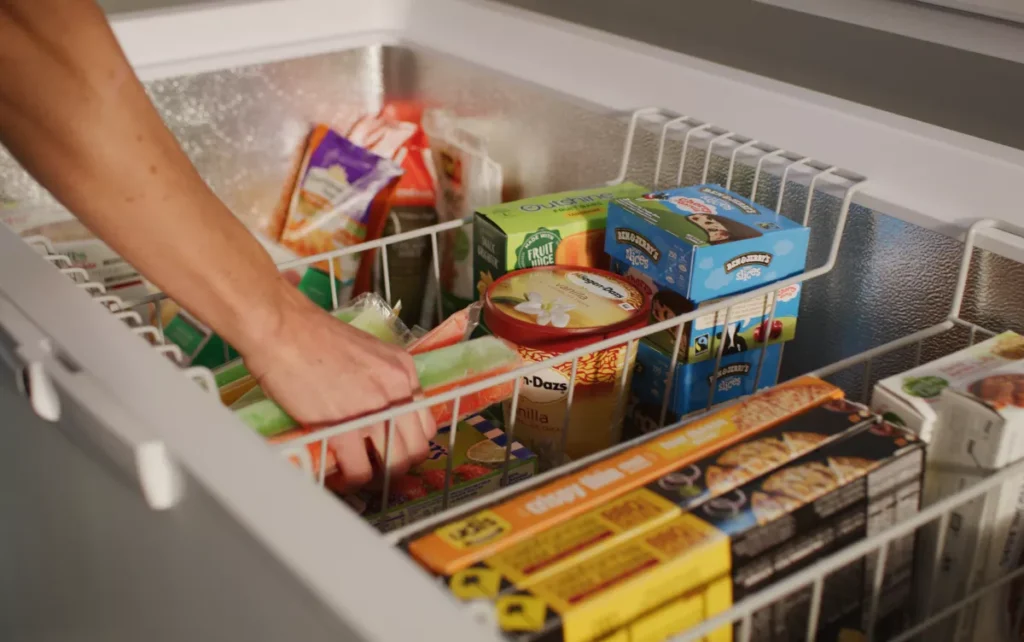
These factors help users optimize freezer use, ensuring efficient and effective freezing of items while maintaining food safety and quality.
Initial Temperature of the Freezer:
Baseline Temperature
The starting temperature of the freezer significantly affects freezing time. If the freezer is already at the set freezing temperature (usually around 0°F or -18°C), items will freeze faster upon insertion.
However, if the freezer is warmer, it will take longer to cool down to the desired freezing temperature, prolonging the freezing process.
Impact on Energy Consumption:
A warmer initial temperature requires the freezer’s cooling system to work harder to reach the desired freezing temperature, potentially consuming more energy in the process.
Size and Type of Freezer (Chest, Upright, etc.)
Insulation and Cooling Efficiency
Larger freezers, such as chest freezers, might take longer to initially cool down due to their larger interior space and insulation. Upright freezers, being smaller, tend to cool down faster. The insulation quality of the freezer also affects its efficiency in reaching and maintaining the desired freezing temperature.
Air Circulation
Differences in design between chest and upright freezers affect air circulation within the freezer, which can impact freezing times. Chest freezers generally have less air exchange when opened, helping to maintain lower temperatures.
Quantity and Temperature of Items Being Frozen
Thermal Load
The total amount of items placed in the freezer at once impacts freezing time. A larger quantity of warm or hot items will raise the internal temperature of the freezer, causing it to work harder to bring the temperature down to freezing levels.
Pre-Cooling Items
Placing items in the freezer after they’ve cooled to room temperature or refrigerated temperature can significantly reduce freezing time. Hotter items introduce more heat into the freezer, prolonging the cooling process.
Freezer Temperature Settings
Optimal Freezing Temperature
Freezers are typically set to temperatures around 0°F or -18°C for optimal freezing. Lower temperatures facilitate faster freezing, but extremely low temperatures might affect the quality of certain foods.
Thermostat Accuracy
The accuracy of the freezer’s thermostat and its ability to maintain consistent temperatures influence freezing times. Inaccurate thermostats might lead to fluctuations in internal freezer temperatures, affecting the freezing process.
What’s the Average Freezing Time for Freezers?
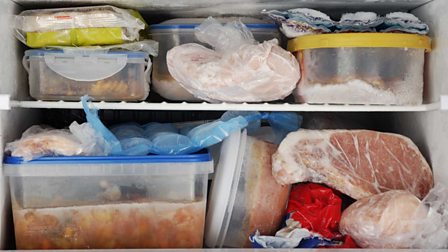
Adhering to recommended freezing times ensures that frozen items remain safe, retain their quality, and are suitable for long-term storage.
Approximate duration for a Freezer to Reach Optimal Freezing Temperature
Typically, it takes several hours for a freezer to cool down from room temperature to its set freezing temperature, which is usually around 0°F or -18°C. This initial cooling phase is crucial before placing items for freezing.
Freezer manufacturers often provide guidance on the estimated time required for their models to reach optimal freezing temperatures. This duration can vary based on the freezer’s size, insulation, and cooling mechanism.
Consideration of the Range from a Few Hours to Up to 24 Hours
The time it takes for a freezer to reach its optimal freezing temperature can fluctuate based on various factors, including the initial temperature of the freezer, the amount and temperature of items being frozen, and the freezer’s size and type.
On average, most freezers take around 4 to 6 hours to cool down to their set freezing temperature. However, in certain cases, it might take as little as a couple of hours or extend up to 24 hours, especially for larger freezers or when dealing with a substantial thermal load.
Importance of Allowing Adequate Time for Items to Freeze Thoroughly
Even though items might start to freeze on the surface within a few hours, it’s crucial to leave them in the freezer for the recommended time to ensure they freeze uniformly throughout. This thorough freezing is essential for maintaining food safety and preserving food quality.
Allowing sufficient time for items to freeze completely helps prevent partial thawing and refreezing cycles, which can compromise food quality, texture, and flavor. This is particularly critical for preserving the taste and nutritional value of the frozen items.
How do Factors Impact Freezer Freezing Variability?
Adjusting practices based on these considerations can significantly impact freezing times and overall freezer performance.
Influence of the Initial Freezer Temperature
Starting Point Impact
The initial temperature of the freezer significantly affects the time it takes to freeze items. A freezer at its set freezing temperature will rapidly freeze items, whereas a warmer freezer requires more time to cool down, consequently prolonging the freezing process.
Energy Consumption
A higher initial temperature necessitates more energy consumption as the freezer works harder to reach the desired freezing temperature. This can affect energy efficiency and utility costs.
Effect of Freezer Size and Insulation
Larger freezers, such as chest freezers, generally take longer to cool down compared to smaller upright freezers due to their larger interior space. The insulation quality also plays a crucial role in maintaining temperatures and impacting cooling times.
The quality of insulation directly influences the freezer’s ability to retain cold temperatures. Better insulation results in more efficient cooling, contributing to faster freezing times and reduced energy consumption.
Role of the Quantity and Type of Items Being Frozen
The total amount of items inserted into the freezer affects its internal temperature. A larger quantity of warm or hot items raises the freezer’s temperature, prolonging the time needed to reach optimal freezing temperatures.
Different types of items have varying freezing characteristics. Foods with higher water content might take longer to freeze due to their higher freezing points, while smaller or thinner items freeze faster than larger or denser ones.
Significance of Lower Temperatures for Faster Freezing
Lower freezer temperatures facilitate faster freezing. Extremely low temperatures, such as the standard freezing temperature around 0°F or -18°C, expedite the freezing process by quickly extracting heat from items, solidifying them faster.
While lower temperatures aid in faster freezing, it’s crucial to balance speed with maintaining food quality. Extremely low temperatures might impact the texture and quality of certain foods, underscoring the importance of finding an optimal freezing temperature.
FAQ’s
How can items be frozen faster in a freezer?
Placing smaller portions or spreading items out allows for quicker freezing due to increased surface area exposure to the cold air.
Can water turn into ice within 30 minutes in a freezer?
It depends on the freezer’s temperature and the volume of water; smaller volumes might freeze, but larger quantities generally take longer.
What might be causing a freezer to take an extended time to freeze items?
Factors like a warmer initial freezer temperature, overcrowding, or a poorly sealed door could slow down freezing.
Is there a method that ensures the fastest freezing process?
Rapid freezing methods, like flash freezing or using liquid nitrogen, can expedite the process, but they might not be suitable for home freezers.
What factors contribute to speeding up the freezing of items?
Lower freezer temperatures, limited item thickness, pre-cooling items, and a well-maintained freezer environment can accelerate freezing.
Which freezing method is considered the most effective?
Flash freezing, where items are frozen quickly at very low temperatures, is often seen as an effective method for preserving food quality and taste.
Final Words
Understanding the factors influencing freezer freezing times is crucial for effective food storage. Factors like initial freezer temperature, size, insulation, quantity and type of items being frozen, and optimal freezing temperatures play vital roles. Freezers usually take several hours to reach their set freezing temperatures, with some needing up to 24 hours. It’s important to allow enough time for items to freeze thoroughly, ensuring food safety and quality.

